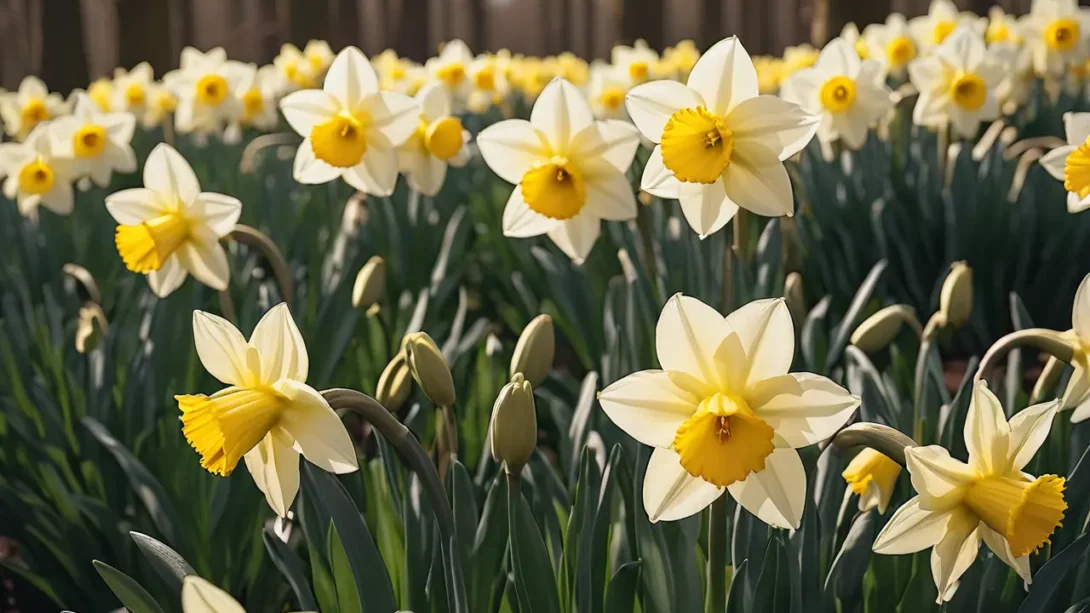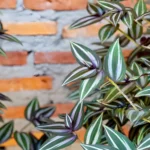When it comes to brightening up your garden in early spring, both daffodils and jonquils are popular choices for gardeners. Though often used interchangeably in casual conversation, these plants have distinct differences that can influence a gardener’s choice. Understanding these differences is key to selecting the right variety for your garden and ensuring a vibrant bloom season.
Daffodils and Jonquils
Daffodils, belonging to the genus Narcissus, are heralds of spring with their bright, cheerful blooms. This genus encompasses a wide range of flowers, including the true daffodils and the jonquils, among others. The confusion between daffodils and jonquils stems from their shared genus, leading to a common misconception that they are the same.
Botanical Differences
The primary distinction between daffodils and jonquils lies in their botanical characteristics. Daffodils are generally characterized by their larger blooms, which feature six petal-like tepals surrounding a central corona or “cup.” This cup is often in a contrasting color, adding to the flower’s appeal.
Jonquils, a specific type within the daffodil family, are identified by their smaller flowers and a sweet, strong fragrance that daffodils typically lack. Jonquils have rounder, fuller blooms with the petals often appearing in clusters of more than one flower per stem. Another distinguishing feature is their foliage; jonquil leaves are usually narrower and darker green, with a rounded or reed-like shape, compared to the broader, flat leaves of most daffodils.
Growth Conditions and Care
When choosing between daffodils and jonquils for your garden, it’s important to consider their preferred growing conditions and care requirements. Both plants thrive in well-drained soil and full to partial sunlight, but there are some nuances in their care that can impact their growth and blooming.
Soil and Sunlight
Daffodils are quite adaptable and can thrive in a range of soil types, though they prefer slightly acidic to neutral soil. They are tolerant of a variety of light conditions, from full sun to partial shade, making them versatile additions to different garden areas.
Jonquils, while also versatile, have a slight preference for sunnier spots. They do best in well-drained soil that is kept moist, especially during their growing season. Their need for consistent moisture, however, does not mean they tolerate wet, waterlogged soils well.
Planting and Maintenance
Planting times for both daffodils and jonquils are similar, with autumn being the ideal season for planting their bulbs. This timing allows the bulbs to establish roots before the winter, ensuring a vibrant display of flowers in the spring.
Daffodils generally require less maintenance once planted. They are drought-tolerant and can be left undisturbed for several years, often naturalizing and spreading over time. Fertilization is rarely necessary, but a top dressing of compost in the fall can encourage more abundant blooms.
Jonquils, with their preference for consistent moisture, may require more attention during dry spells. Mulching can help retain soil moisture and keep the roots cool. Like daffodils, jonquils can naturalize in the garden but they might benefit from being divided every few years to maintain vigor and flower production.
Landscape and Aesthetic Considerations
Choosing between daffodils and jonquils goes beyond botanical differences and care requirements; it also involves considering the aesthetic and landscape impact of these flowers in your garden. Each has its unique charm and can be used to create stunning visual effects in early spring.
Visual Impact
Daffodils, with their larger blooms and variety of shapes and colors, can make a bold statement in the garden. They are ideal for creating dramatic sweeps of color and are often used in borders, under trees, or in naturalized woodland settings. Their ability to naturalize means they can provide an ever-increasing display of spring color year after year.
Jonquils, with their smaller but highly fragrant flowers, add a different kind of appeal. Their sweet scent can fill the air in the surrounding garden area, making them perfect for planting near walkways or in containers where they can be enjoyed up close. The delicate appearance of jonquil blooms adds a soft, elegant touch to garden designs.
Companion Planting
Both daffodils and jonquils play well with other spring-blooming plants. Pairing them with early-flowering bulbs like crocuses, snowdrops, and tulips can extend the bloom season in your garden. They also complement perennial plants that emerge as the bulb foliage begins to die back, such as daylilies and peonies.
Wildlife Considerations
An added benefit of planting daffodils and jonquils is their resistance to deer and rodents, which often avoid these plants due to their toxic properties. This makes them excellent choices for gardens in areas where wildlife browsing can be a problem.
Conclusion
Whether you choose daffodils, jonquils, or a mix of both, these spring flowers can bring joy and color to your garden after the long winter months. By understanding the differences in their appearance, care needs, and landscape impact, you can make informed decisions that enhance your garden’s beauty and appeal. Remember, the key to a successful spring garden is planning and planting in the autumn, so consider incorporating these delightful bulbs into your garden design for a spectacular spring display.




